

You could say a lot of things about Dwarf Fortress, and not one of them would even mention the word “Easy”, other than “Easily crushed” or “Easily lost”. Dwarf Fortress is a learning experience, since you discover something a bit different each time you play. Sometime it is hard to learn, when you are not certain what you did wrong. This short Guide aims at shedding some light to the most common issues I had, which I managed to resolve. These will come from many different “areas” from Dwarf Fortress, but I hope each of you will find something for yourself.
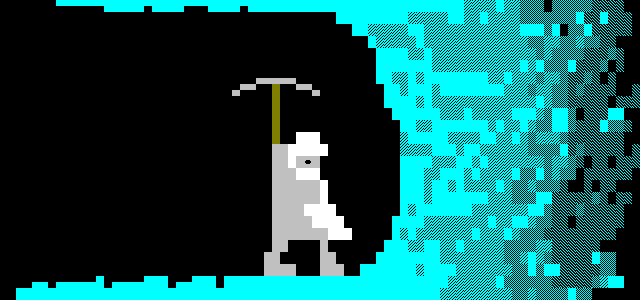
“Dig… Dig… Dig…”
Farming is an alternative to fishing, hunting and livestock cultivation. It is surprisingly easy once you get a hold of it, but at first you might find it troublesome. Farming comes in two blends, subterranean and surface farming. Depending on your starting location you might prefer one over the other. Sometimes both will be possible, and it is only a matter of organizing your farms so that they produce the crops you need.
Before you begin farming you have to first prepare your “land”. In order to obtain a more numerous crop your basic requirement is mud. Mud does not only increase your output, but in some cases it is necessary to farm in the first place (depends on the soil). You might wonder how exactly are you meant to create a muddied field, the solution is actually simple.
If you want to start a surface farm first dig a “pit” (first use channel on an area, then go down a Z Level and dig out the Ramps in the center where you farm will be). It is important you leave the ramps on the sides or nobody will be able to reach the farm plot below. Now that you have your pit designate a Pit/Pond zone above it (Press i to open the Zones Menu, create a Zone then select Pit/Pond). Make sure that when you create the Pit/Pond area that “non-pit” squares are also selected (you do not want your dwarves to jump into your mud pit). Select the Pit/Pond properties by pressing P (that’s capital p) and set it from Pit to Pond. Your idle dwarves will then go for some buckets and haul water over to your Pit/Pond.
As your dwarves pour in more and more water into the pit pay very careful attention that your pit does not get too much water. If your “Farm Plot” is entirely soaked cancel the Pit/Pond Zone. You can check the level of water on each square by pressing k and examining the water soaked soil. If it’s 1/7, that’s fine. Anything above that and you might have a longer wait until the water evaporates. Remember that as more water is poured it will spread out equally over the area, including the ramps.
Even when the area is still soaked in a 1/7 layer of water you can build your plot. Press b then p, and place your plot. Congratulations, you have your surface farm. In order to plant something you have to access the building properties (q) and hold the cursor over the farm plot.
When it comes to subterranean farming the operation is more or less the same, except for one important element, there must be very limited sunlight access. In order to guarantee that, build either an underground or “mountain” room. Then, once the room has been hollowed out (let us say it’s a 3×3 room) make a single square hole above its center a level above it. You essentially create an almost entirely enclosed room with a small slot for water to be poured through. Once the room is soaked cancel the Pit/Pond zone above it.
The vast majority of plants that grow underground can be planted all year around. Meanwhile on the surface you have to be a bit more careful, especially if you have harsher winters. If you are in a warm climate you should be fine. Just remember to check the wiki when in doubt about specific plant types and what you can make with them.
In order to further maximize your output make potash. This is a fertilizer which can be created simply by combining Ash at an Ashery. How do you get Ash? Burn wood at a Wooden Furnace. It is as simple as that.
You have your plots, and your fertilizer. Your only next possible problem are seeds. These can be obtained from any plants by eating them raw, brewing or similar operations. The only time you do not get any seeds is when you cook them. If you want to focus your farming on making brewable plants (Dwarves have to drink after all) some plants can only be brewed, and never cooked, such as the Pig Tail.
If you are still lacking seeds trade for them, or scavenge the surface for plants. Any plant gathered and processed is another seed for your surface farms.
If you can’t be bothered with creating pits/ponds you can always go the automatic way and create a series of “Canals”, controlled with Levers and gates, so that you can pour in fresh water from a river/lake/pond, and then close it off when there is enough water to keep your fields fresh.
At the beginning your Dwarves are not picky. They will sleep on the floor, or in any “Free” Bed. Eventually though, your dwarves will want their own rooms. A finely built room with fine furniture will increase a Dwarve’s happiness. Building a simple room for your average dwarf is not hard, and pays off greatly in the future.
All the space your dwarf needs (by my experience) is a 2×2 room (some people just a make a 1×2 room). All that you have to place in this small space is: a bed and a cabinet (to store clothes). This will guarantee a happy dwarf, with plenty of room for him or herself. Once immigrants arrive or your dwarves marry they will share a room. As such, whenever you have a group of ten immigrants arriving you will most likely need around 5-7 bedrooms.
In order to set a room to be a bedroom remember to close off the room with walls and a door, then by using q (building properties) hold it over a bed and set it to be a bedroom (r) then once you cover the entire area of the bedroom press Enter. You can leave the bedroom unassigned, or you can assign it. If it is unassigned the next homeless dwarf which rests in the room will claim it.
Later on certain “Nobles” or Administrators will need a higher quality rooms. Normally a room can be constructed from scratch by using Floors and Walls. Here the skill of the builder influences how nice the floor or walls are. Your alternative is digging a space in rock and then smoothing the wall/floor. Constructed walls/floors cannot be engraved or smoothened. If you want to save some time you can simply place more high quality items in a room to increase its value (artifacts greatly increase the quality of a room).
Aside from a Bedroom a Dwarf might need an office or a dining room. In the case of single bedrooms described above Dwarves will use their bedrooms as offices/dining rooms at the same time. But, if you must have a separate room, remember: by using the table as a designator you create a Dining Room (remember to assign the table to the right person), and by using a chair you create an office.
In case you ever run out of space, or you find building fifty rooms too troublesome you can construct a Dormitory. Build a slightly bigger room with plenty of beds, then select one of them with q and set the room to be a Dormitory. This way any homeless dwarf will rest there. It is a good solution for immigrants while you are building them a new home.
A Barracks applies only to military dwarves. Do not bother yourself with a Barracks until you need a military, or no other dwarf will be able to rest there.
The problem some people have with Dormitories/Barracks is that Dwarves begin to socialize. This means they could make both enemies and friends, which could lead to very complicated “situations” in your fortress (like Tantrum Spirals).
Another room that should be shared, for ease of building, is the “Common” Room, or as I call it, the “Main Hall”. It’s essentially a room filled with statues, engravings and plenty of chairs and tables, where people can feast, party and relax. Depending on how you construct your fortress the “Main Hall” could be used as the “Last Stand” area, or where your civilian dwarves will run off to, if the enemy breaches your defenses.
NOTE: You do not have to set every single bed in a room, if it’s a dormitory or barracks. You just have to select one bed and then spread the “area” until it covers the entire section.
It is typical for some beast to try and do something bad to you. Sometimes it might be mother nature, sometimes the goblins or kobolds. How do you keep yourself safe from their constant attacks and invasions? The simplest way? Close yourself in.
This does not necessarily mean you have to wall yourself off. What this means is greatly limiting the number of access point inside your fortress. You will normally not need more than one main entrance. This entrance must be 3 squares in width if you want merchant caravans to trade with you. Since this is the only entrance/exit any kobold or goblin thief will have an incredibly tough time sneaking inside.
Later on when you have your own military you will have the advantage of focusing your strength at one area, rather than a few zones. Before you have an army you can also place a War Dog nearby, to ensure perfect detection of any sneakers.
The problem is that you cannot build a three square wide gate. You can however build a bridge with a pit under it. A pit is a simple construction. First you channel an area, and then you get rid of the ramps (remember to leave one of the ramps, so that your dwarves can leave the pit). If you want something a bit more special, channel some water into the pit (or magma) to create a moat. Once you connect a bridge to a lever you can close it, sealing off the outside world from your fortress. All your problems solved with a simple pit, bridge and lever. If you are self-sustainable, with water access, food and other necessities covered you might as well keep yourself closed, until a caravan arrives.
If you ever create a fortress inside a hill remember to remove any ramps inside your fortress which the enemy or wild creatures could use to climb down to your fortress. Construct some walls to seal off your home from every direction (so that enemies cannot fire down at you). Remember, anybody can walk on top of a wall if there is access. Do not make the mistake of building a wall which can be accessed from the top, with a stair case to waltz down into your fortress. Build walls near areas where your wall might be entered from above (you may also try doors, but they can be destroyed). You could combine a wall with towers. Walls will seal off an area, and towers will provide your archers with somewhere higher to fire from, and they will also stop creatures and enemies from entering the walls.
The best way to check if your fortress is sealed off is to see which paths your dwarves choose when working outside the walls. If they keep using only the “front door” you did your job correctly and there is only one way in.
In terms of “Militia”, you should usually begin “arming” your fortress by training Marksdwarves. Any hunter who comes in with a migrant wave will have a certain level of skill with using a crossbow, and they will come with their own small supply of bolts and a weapon. This means that turning your hunters into “Snipers” is very quick and does not cost you much. Until you have more metals you can choose to produce Wooden Bolts, which might not be the strongest, but if you have multiple skilled snipers even these fiddly things will kill anything. Later on you should train some close combat Dwarves, especially if you decide to dig further down. Who knows what awaits you there?
Once in a while a random dwarf will become “possessed“. This could mean an outside influence, sudden inspiration or a similar effect. It all boils down to one thing, he has a plan to create an artifact and he will do anything he must to complete it.
Depending on the profession of the Dwarf he or she will occupy an appropriate workshop. For example, a Craftsdwarf will occupy a Craftsdwarf workshop. In order to help your dwarf complete the artifact you must provide him with the resources he needs. The required resources can be viewed by pressing q and holding the cursor over the occupied workshop.
From my experience, a Dwarf will never state the need for specific materials. Instead you will have a rough list, such as “Bones, Metal and Logs”. The Dwarf will take anything that fits his requirements, and once he collects all he needs the work on the artifact well begin.
The artifact, once it is complete, will always be an item of incredible quality. However, depending on the item created, it might be usable or a “waste of time”. A lot depends on the workshops and dwarf. A Bowyer could create a legendary crossbow, a Mason could in turn chisel a chest. These items cannot be traded for, but then, why would you want to give away an artifact?
Sometimes a Dwarf might create an artifact when he is under the influence of another “strange mood”. The difference is that a possessed dwarf will not gain any experience after he finishes the artifact. Meanwhile, a Dwarf stricken by a different strange mood would get a huge experience boost to the level of “Legendary”.
If you fail to provide a dwarf with the necessary items to create the artifact eventually he will suffer from depression, and attempt to kill himself, as such always keep a stock of different items you might never even use, such as different types of cloth, glass, clay, etc. Some items may be more easily produced than others (such as metals, rock, leather, bones, etc.) but others will have to be imported from Caravans.
At an early stage there is a limited number of reasons why your dwarf could be unhappy. Let us discuss the major and most common causes:
No alcohol. Dwarves need Alcohol to operate. They can drink water but this will make them unhappy. Make sure your brewery keeps making new alcohol, out of anything it can find. Remember to keep a stock of empty barrels to fill up, otherwise you will not be able to produce alcohol. You can get distillable items through Plant Gathering, Farming or Trading.
No Food. When Dwarves starve they will start hunting for small animals, such as lizards. This will make them incredibly unhappy, and although it might just keep them alive they could eventually go insane. There are three simple food production methods. Plant Gathering, Hunting and Fishing. When you fish you will need a Fishery to process the fish. A butcher is needed to handle hunted animals. Plant Gathering needs somebody to gather the plants. When you have Meat, Fish and/or Plants be sure to set the Kitchen to make Meals. Although Lavish meals make the dwarves far happier than easy meals they often call for many more resources.
Miasma. Imagine that you had a piece of rotten meat. Now imagine that this piece of meat was outside. It’s not *that* bad, right? It smells, the flies are annoying, but it is nowhere near the end of the world. Now imagine that you were underground, where it is dark, there is much less air, and a piece of meat starts rotting. It’s the last place in the universe you would wish to end up in. The Miasma is created when foods begins rotting underground. If food rots in the surface it does not produce any Miasma. The only solution to getting rid of the Miasma is by throwing out any rotten meats. The problem is that sometimes your dwarves might be very, very lazy, and they will not empty a workshop where the rotten food is stored. The only solution to that is to demolish the workshop (normally it’s the kitchen or butcher) and then rebuild it on the same spot.
“Somebody did something!” From time to time accidents will happen. A dwarf might be killed, drown or get into a fist fight, and then die. If said dwarf had friends they might become unhappy. If you fail to quickly bury said dwarf, or to make him a nice headstone, you might have a building Tantrum Spiral. Dead Dwarves are a big risk for your other Dwarves. Their friends will be disgruntled, and the more Dwarves die from a Siege or attack the higher the danger of a riot. However, if you have plenty of food, drink and the dwarves have good lodgings then a few deaths will not result in anything. The key element is efficient burial. The longer the bodies remain in the open the worse the situation becomes.




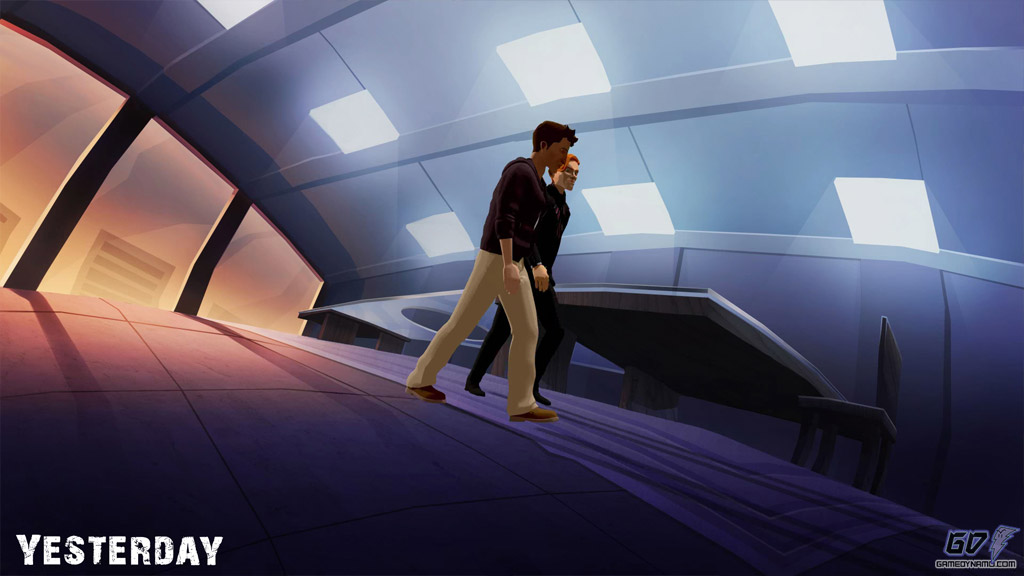 Yesterday / New York Crimes Walkthrough Guide (Step by Step)
Yesterday / New York Crimes Walkthrough Guide (Step by Step)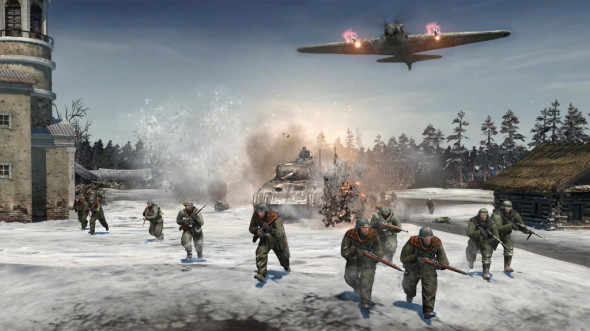 Company of Heroes 2: The Germans
Company of Heroes 2: The Germans Steam Series - Mount and Blade Warband
Steam Series - Mount and Blade Warband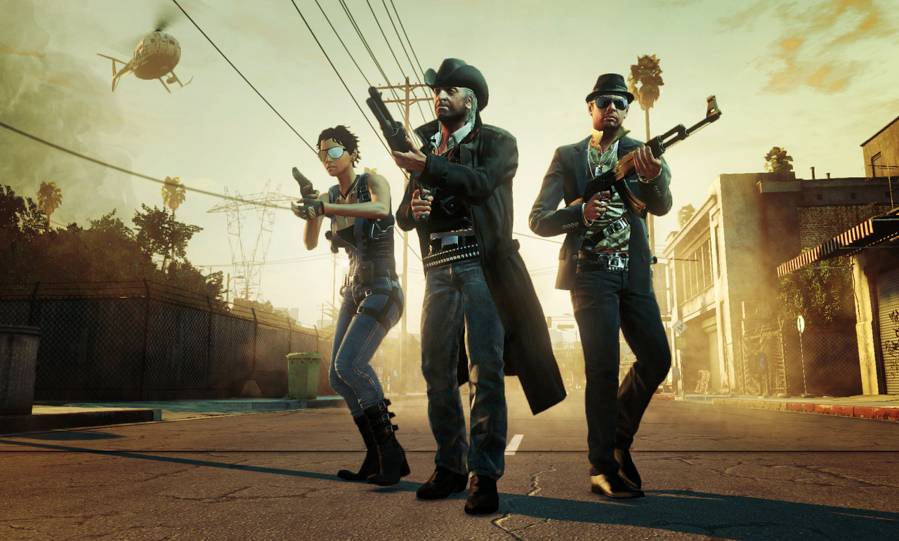 Call Of Juarez The Cartel Special Item Location Chapter 15
Call Of Juarez The Cartel Special Item Location Chapter 15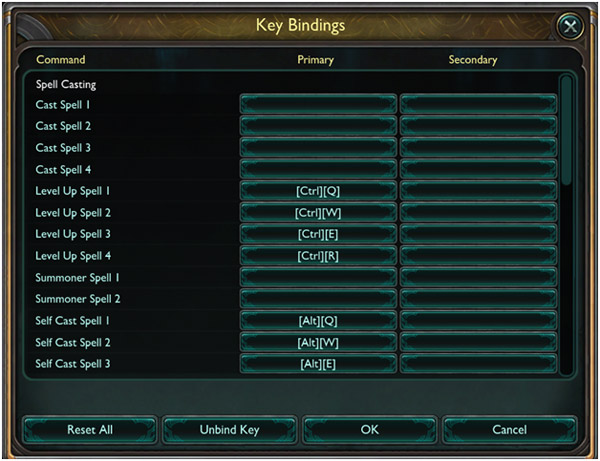 League of Legends: How to Set Key Bindings
League of Legends: How to Set Key Bindings